The Wearable Network: Social Fabrics
CNN recently released an article on a startling new apparel technology – a wearable social network. In a nutshell, a group of students from the MIT’s Tangible Media Group and the Fluid Interface Group wanted to expand social networking technology beyond the computer or smart phone screen into the real world. This is right down our alley.
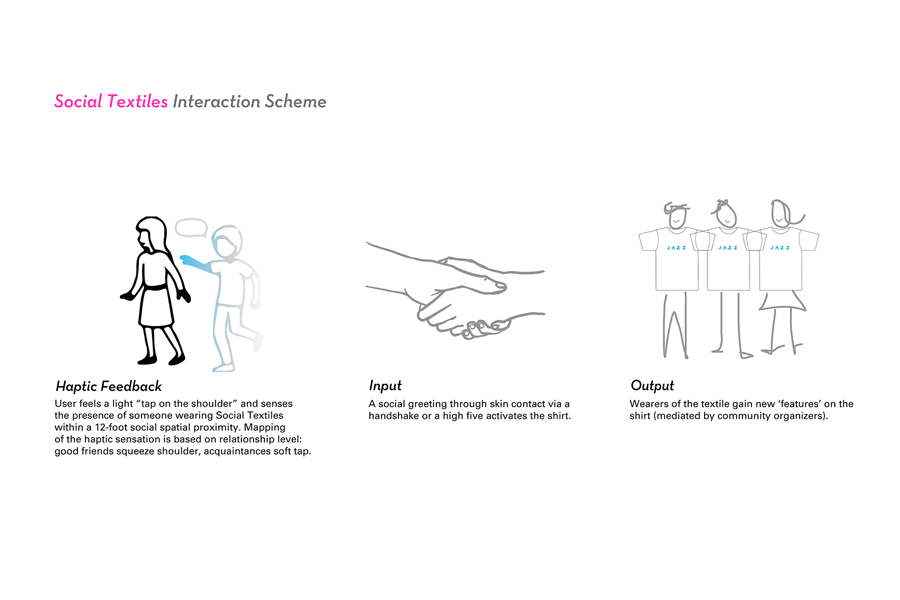 Wearable electronic devices, once mostly a sci-fi fantasy, have gone increasingly mainstream–Google Glass™ being one of the most well-known examples. This new T-shirt trend continues the wearable tech trend, bringing even more direct connections into everyday life.
Wearable electronic devices, once mostly a sci-fi fantasy, have gone increasingly mainstream–Google Glass™ being one of the most well-known examples. This new T-shirt trend continues the wearable tech trend, bringing even more direct connections into everyday life.
So what does the T-shirt, known as Social Textiles, do? A thin circuit membrane underneath a thermo-chromatic ink pattern of letters in the T-shirt connects via Bluetooth to your smart phone. When someone who shares one of your interests (and is wearing a Social Fabrics shirt) is within 12 feet, the T-shirt “taps” (buzzes) your shoulder to alert you.
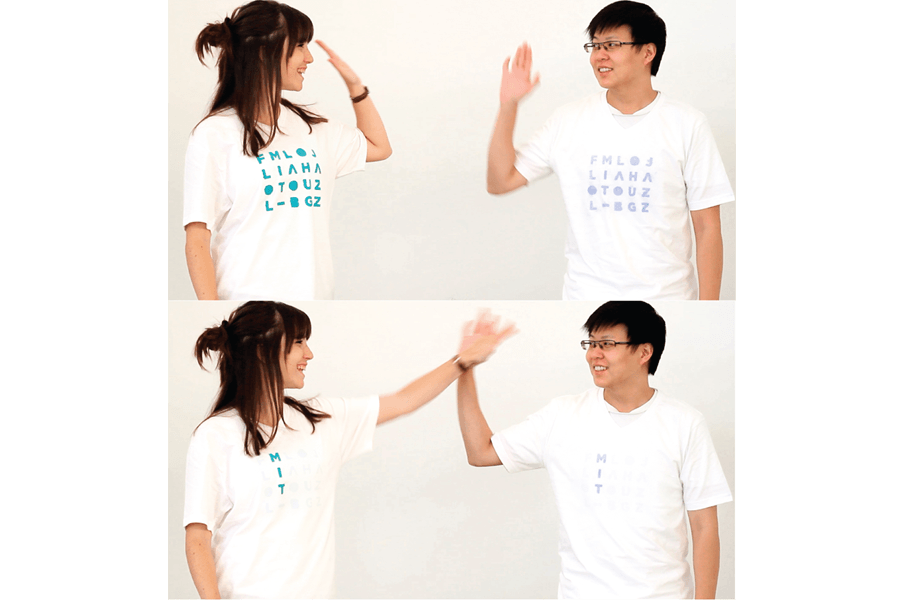 It goes even further: if a capacitive sensors in the shirt’s shoulder detects a handshake or a high-five, a one-word summary of your shared interest shows up: for example, if you and the other Social Fabrics user both attend MIT, and your shirt supports it, the word “MIT” is highlighted on the shirt.
It goes even further: if a capacitive sensors in the shirt’s shoulder detects a handshake or a high-five, a one-word summary of your shared interest shows up: for example, if you and the other Social Fabrics user both attend MIT, and your shirt supports it, the word “MIT” is highlighted on the shirt.
So who would use this new technology? It could be a novel way to break the ice for two people who just bumped into each other, or it could be a way for a club, niche group, or fans to find each other in a public place. “It’s only limited only by the imagination of the designer”, says one of the inventors, Viirj Kan. Still in prototype, the social networking shirt might very well be a new wave in wearable devices. Learn more at MIT’s Fluid Interface’s website.
Some More “Normal” Current Trends
As “cool” (or scary, depending on your view) as a social network T-shirt might be, other, more conventional trends are going on now. The following list some major trends in the industry today, as tracked by the Advertising Specialty Institute (ASI), which we confirm from our daily contact with the industry’s key businesses:
Popular Decorating Techniques
- Laser etching
- Embroidery (look to specialty work)
- Appliqué
- Laser Etching With Applique
- Screen printing/ digital printing
- Multimedia
- More tonal, color-on-color embroidery; embroidery placement still predominately on the left chest and on the right sleeve cuff
Decorated Apparel Industry Growing
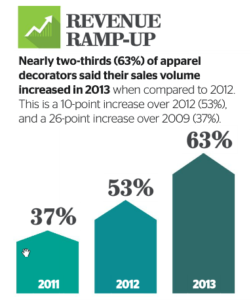 According to Stitches Magazine, the decorated apparel industry is looking up and growing. Revenues, profits, order sizes, number of orders, and marketing/social media are growing:
According to Stitches Magazine, the decorated apparel industry is looking up and growing. Revenues, profits, order sizes, number of orders, and marketing/social media are growing:
Rating the “health of the decorated-apparel market on a scale of one to five (one is “ailing” and five is “robust”), decorators gave the market an average score of 3.53, the highest rating in the last six years. Half of respondents gave the industry a health rating of four or five, up from 43% last year. Even better, nearly two-thirds of decorators increased their sales volume in 2013 compared to 2012, the highest number in five years…a 10-point increase over 2012 (53%), and a 26-point increase over 2009 (37%).”
Our ShopWorks Onsite order management software for promotional products will support this growth. Learn more about Onsite and demo it today.
Hot Markets
- Education/schools (athletic teams, bands, etc.)
- Government agencies/ alternative energy-related companies
- Uniforms (promotional apparel appears to be coming back, but businesses that require employees to wear uniforms are a safe bet, such as service industries, hospitality, local YMCAs, etc.)
- Health care (health-care staff will buy uniforms, lab coats, scrubs, etc. This includes the standard fare: dentists, chiropractors, doctors, hospitals, labs, walk-in clinics and pharmaceutical companies.)
Sell Green
- Understand the eco-apparel life cycle (such as: Where is the organic cotton grown? Is it certified? Is the fabric processed in an eco-friendly way? How about the garment dyeing and finishing? How about how it’s shipped?). Clients will want to know that you know these answers.
- Understand eco-friendly/natural fabrics: such as: organic cotton, bamboo, Tencel, Cocona, recycled polyester, etc.; an important part of the story is many sustainable apparel products and fibers are performance enhanced (moisture wicking and antimicrobial).
- Green Trends: Examples: Hemp and other natural fabrics (especially in home décor market: cotton thread, and natural materials; cotton, wool, silk, cashmere, mohair, linen fabrics and blends)
Final Advice
Decorators should:
- be familiar with top supplier catalogs
- offer clients samples
- bring clients new product ideas that differentiate you from your competition
- shop the market – attend trade shows, open houses and regional table-top shows
It’s a tough job to keep up with these trends and handle rapid growth. Shopwork’s Onsite enterprise software for the promotional products industry will help shoulder the load and allow you to focus on what you do best: customizing products and serving customers. Find out more.
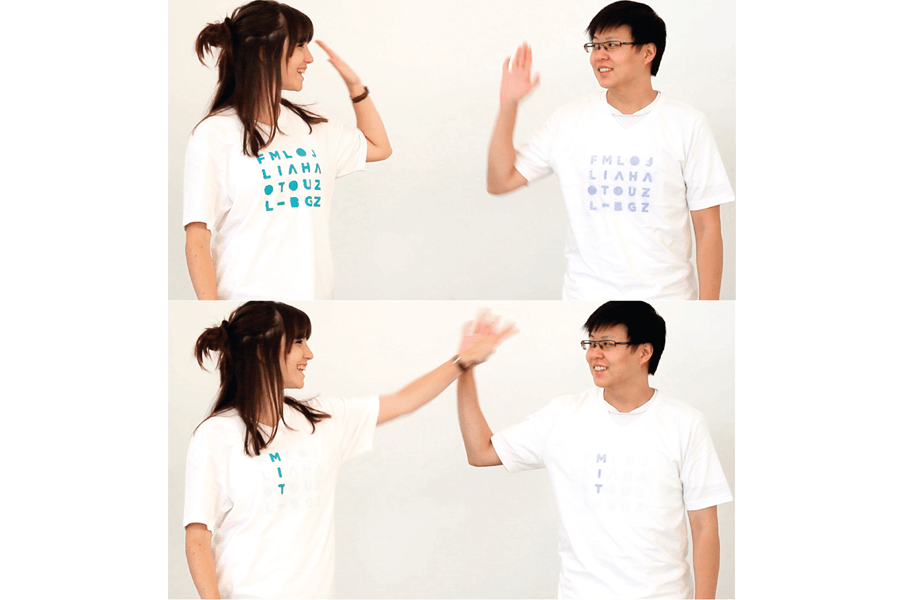




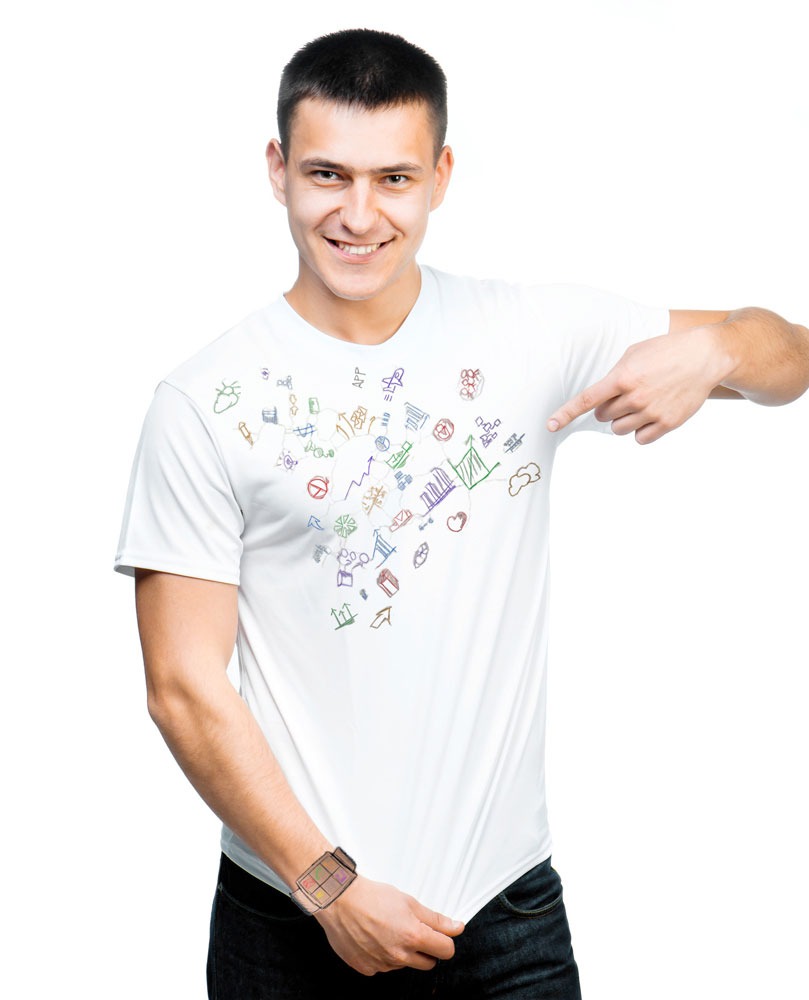
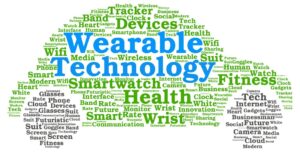
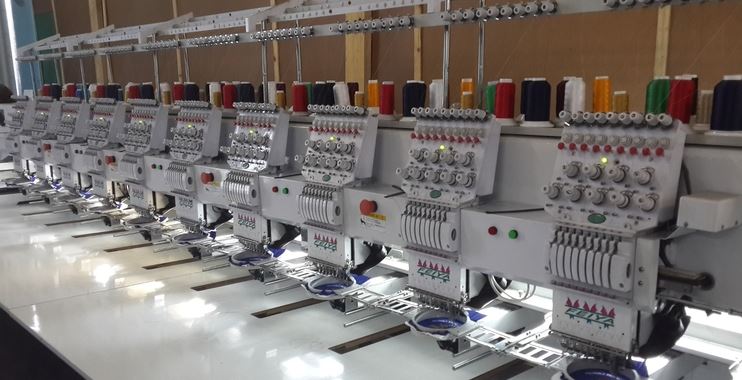


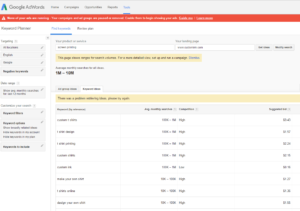 covers how to do basic reporting to ensure you’re using the best keywords and ads that drive you more business.
covers how to do basic reporting to ensure you’re using the best keywords and ads that drive you more business.